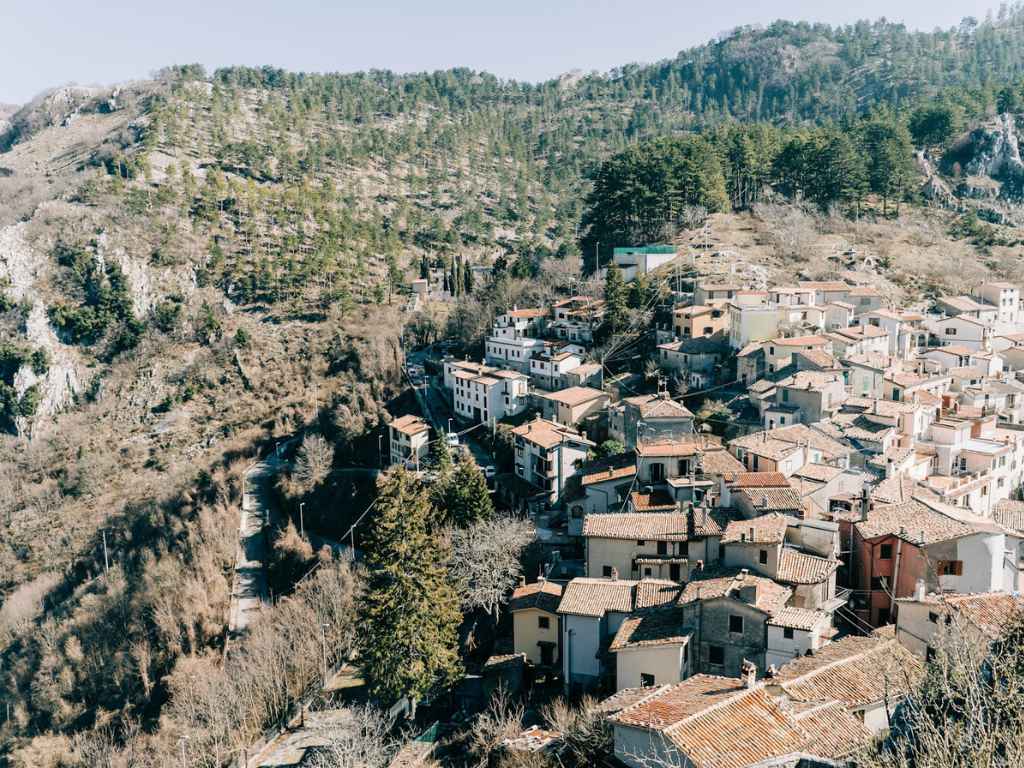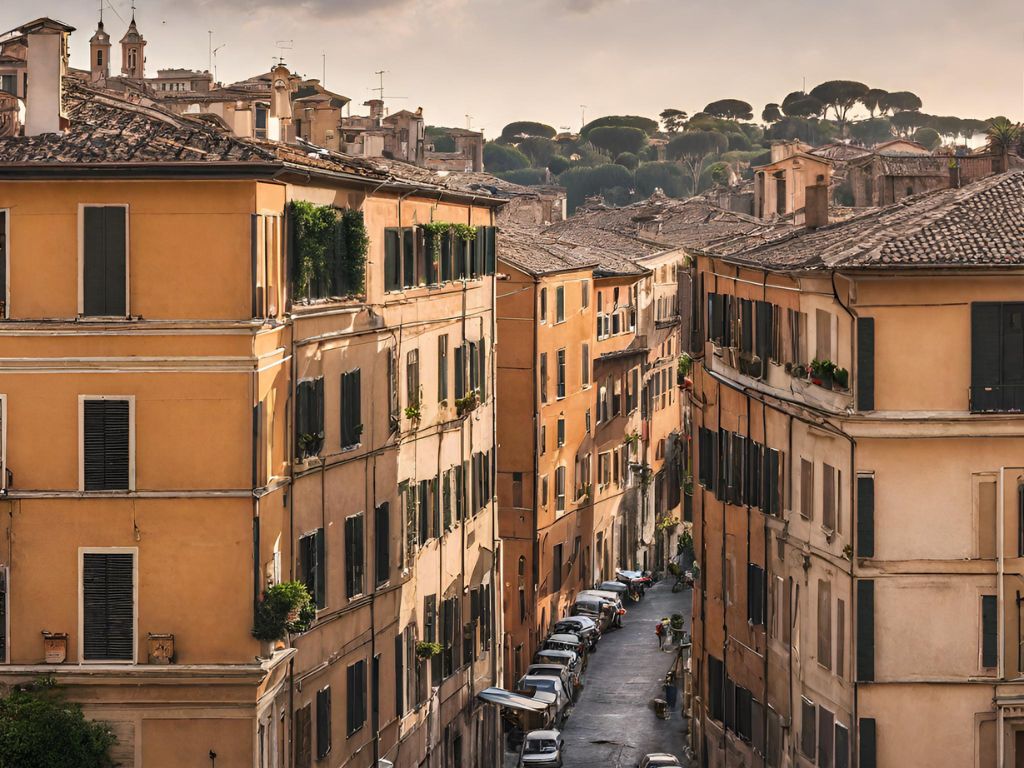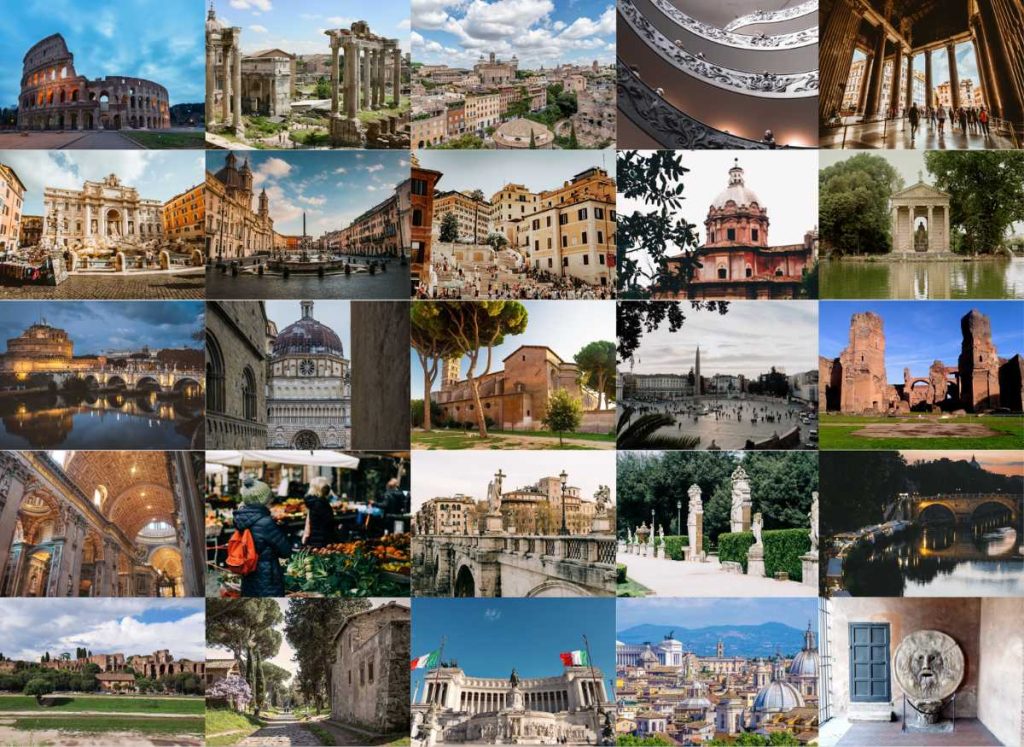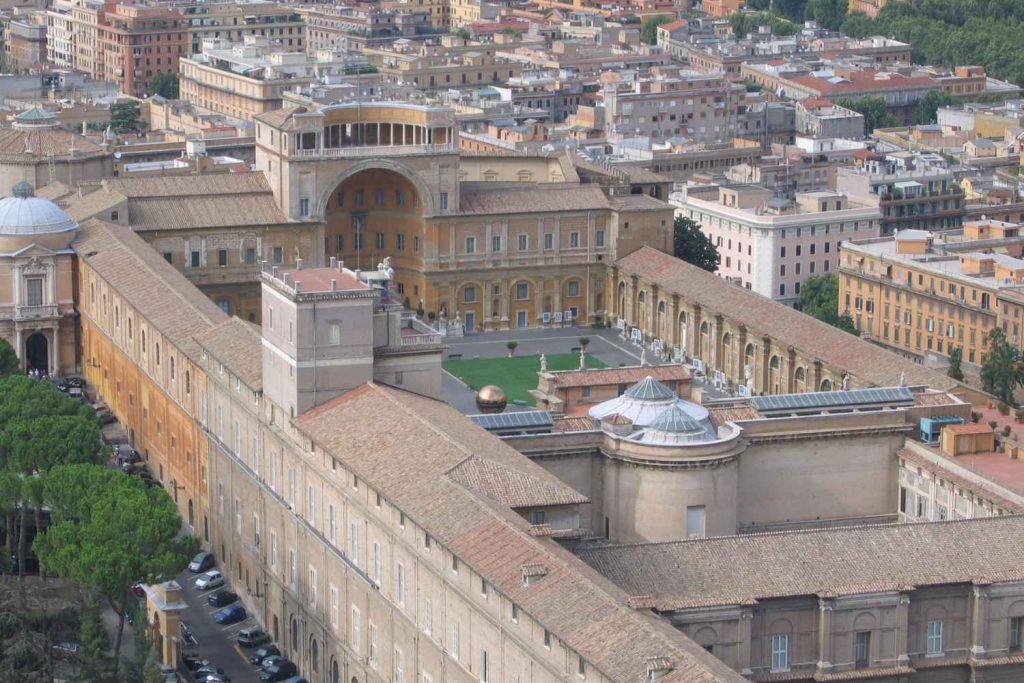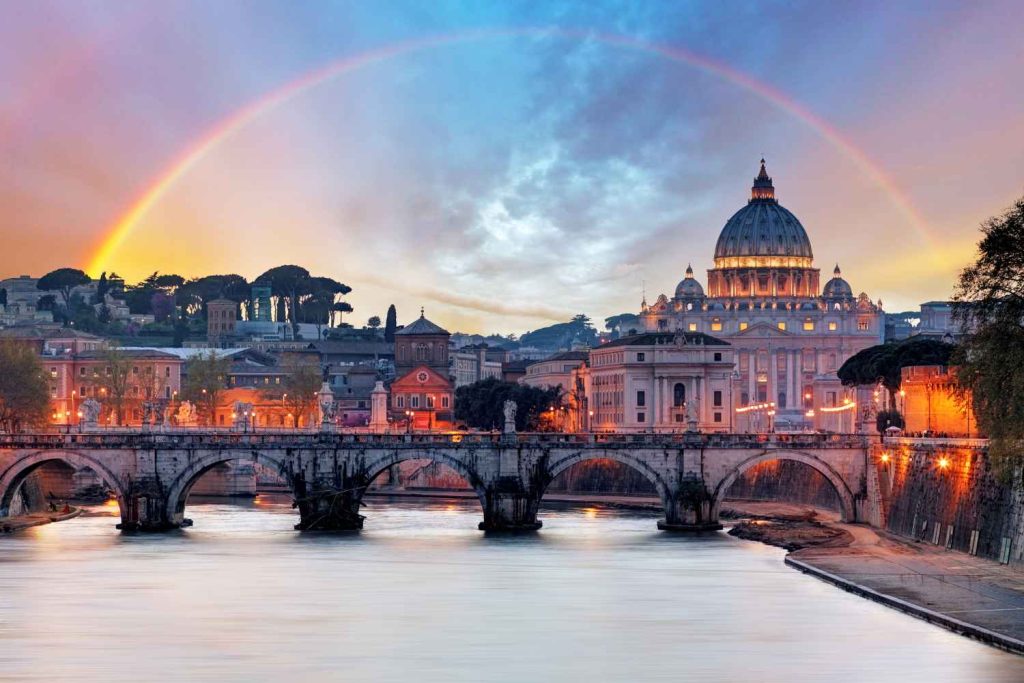The Eternal City of Rome is renowned for its rich history, stunning architecture, and cultural treasures. One captivating aspect of Rome’s topography is the cluster of landforms known as the Seven Hills of Rome. These hills played a significant role in the growth and development of ancient Rome, shaping one of the world’s most influential civilizations. The hills have fascinated scholars, historians, and tourists alike for centuries, offering a glimpse into the city’s foundation and evolution.
According to tradition, the ancient city of Rome was built upon or around these seven hills. They are the Palatine, Capitoline, Quirinal, Viminal, Esquiline, Caelian, and Aventine hills. Initially occupied by small, separate settlements, the denizens of these hills eventually began to interact, bonding the groups and forming the early stages of what would come to be the great city of Rome.
Each of these hills possesses its own allure, housing distinctive historical sites and attractions. For instance, the Palatine Hill is believed to be the location where Romulus and Remus founded the city in 753 BC. As we explore the peaks of the Eternal City, we shall unveil the stories these hills have to tell and appreciate their impact on Roman life, both past and present.
The Unveiling of Seven Hills of Rome
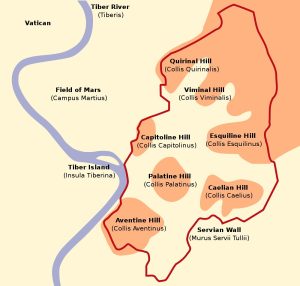
The Eternal City, Rome, is famously known for its Seven Hills. These hills played a significant role in the foundation and growth of ancient Rome, and each of them has its own unique history and significance. In this section, we will briefly explore each of the Seven Hills of Rome.
- Palatine Hill: Believed to be the birthplace of Rome, this is the tallest of the seven hills. According to Roman mythology, it is on this hill that Romulus and Remus, the mythical founders of Rome, were raised by a she-wolf. Today, the Palatine Hill is an archeological site boasting ancient ruins and opulent palaces.
- Aventine Hill: The southernmost hill and home to some of Rome’s wealthiest residents, both in ancient and modern times. The Aventine Hill is known for its beautiful parks, peaceful atmosphere, and stunning panoramic views of the city.
- Capitoline Hill: The political center of ancient Rome, this hill is currently the site of Rome’s city hall. Michelangelo designed the piazza on this hill, now known as Piazza del Campidoglio. The ancient Temple of Jupiter also once stood at the peak of this hill.
- Quirinal Hill: Currently, the Quirinal Hill is home to the Presidential Palace (Palazzo del Quirinale), but it was once the site of ancient Roman temples. This hill was named after Quirinius, the god of state and guardian of the Roman people.
- Viminal Hill: The smallest of the seven hills, the Viminal Hill is located between the Quirinal and Esquiline Hills. It was once home to the Baths of Diocletian and is now a significant transportation hub with Termini Station situated at its base.
- Esquiline Hill: The largest of the seven hills and home to various ancient Roman landmarks, such as the massive public bath complex known as the Baths of Trajan. The Esquiline Hill also hosts the beautiful Basilica di Santa Maria Maggiore, one of the four major basilicas in Rome.
- Caelian Hill: This quiet residential hill was once home to several ancient Roman patrician families. Today, you can find remnants of ancient structures, along with peaceful parks and churches like the Basilica di San Clemente.
The Seven Hills of Rome undoubtedly offer a glimpse into the Eternal City’s rich history and continue to charm visitors with their picturesque views, ancient ruins, and magnificent architecture. These hills act as an alluring gateway into the Roman world that has captivated the hearts and minds of many for centuries.
Historical Significance and Legends
Rome, aptly called the Eternal City, is known for its fascinating history spanning centuries. One of its most unique features is the presence of seven distinct hills that played an essential role in its foundation and development. These hills include the Palatine Hill, Aventine Hill, Capitoline Hill, Quirinal Hill, Caelian Hill, Esquiline Hill, and Viminal Hill.
The Seven Hills of Rome hold great historical significance, as they are considered the center of the city, where Rome’s foundation began around 753 BC. According to legend, the city’s establishment is linked to the famous story of Romulus and Remus, the twin sons of Mars, the Roman god of war. The twins supposedly coalesced several villages on the Palatine Hill, one of the seven hills.
Historians suggest that Rome’s foundation was rooted in a series of settlements gradually growing around the Seven Hills, laying the groundwork for what would become one of the world’s most influential civilizations3.
Furthermore, the hills are associated with prominent figures throughout Rome’s history, such as Emperor Augustus, who resided on the Palatine Hill. He transformed this area into a thriving center of culture and power during his rule, which eventually led to the construction of monuments and buildings that can still be appreciated in modern times.
Another notable figure who left his mark on the Seven Hills of Rome was Emperor Nero. His luxurious residence, the Domus Aurea, spanned multiple hills and gave a glimpse into the opulent lifestyle of the Roman elite.
The Seven Hills of Rome have witnessed the rise and fall of empires, legendary stories of heroes and gods, and the growth of a civilization that would change the course of history. The combination of historical significance and captivating legends make these peaks an eternal symbol of Rome’s extraordinary past.
Geological Features and Advantages
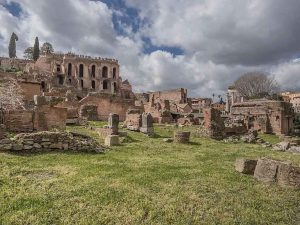
The geology of Rome’s landscape played an essential role in shaping the city, providing it with vital geographical advantages over surrounding areas. The heart of the city lies on seven distinct hills: Aventine, Caelian, Capitoline, Esquiline, Palatine, Quirinal, and Viminal. These hills consist of different combinations of volcanic and sedimentary rocks, forming plateaus that offer natural protection.
A significant advantage offered by Rome’s geology is its proximity to the sea, thanks to the Tiber River, which provides access to the Mediterranean Sea. This enabled Rome to develop as a crucial trade hub, facilitating the transport of both people and goods. The city’s position on the Tiber floodplain also allowed for fertile land, suitable for agriculture and settlements.
Another important aspect of the region’s geology is the availability of clean drinking water. Rome’s hills are connected to the nearby Apennines, a mountain range rich with natural springs. Ancient Romans engineered sophisticated aqueduct systems to collect and transport this fresh water to the city, thereby ensuring a reliable supply for the inhabitants.
Rome’s hills and the surrounding Apennines provided excellent defensive features. The intervening ridges between the hills created natural barriers, making it challenging for invaders to easily penetrate the city. Meanwhile, the location of the city on elevated ground relative to the Tiber floodplain helped reduce the risk of flooding.
Additionally, the city’s landscape was marked by a network of ancient creeks, now mostly concealed but still essential in channeling water from the surrounding hills to the Tiber River. These creeks played a crucial role in Rome’s waste and sewage management system during ancient times.
In summary, Rome’s unique geological landscape and its advantageous location near the Tiber River and the Apennines mountain range, endowed the city with vital resources such as clean drinking water, agricultural land, and natural defensive features. These advantages allowed Rome to develop into the powerful and influential Eternal City that we know today.
Architectural and Cultural Imprints
The Capitoline Hill
The Capitoline Hill has been the political and religious center of Rome since the Roman Empire. This hill is home to majestic government buildings like the City Hall and the Capitoline Museums. The Capitoline Hill was also famous for its protection and stability provided by the famous Servian Walls.
The Palatine Hill
The Palatine Hill, or Mons Palatinus, holds an essential place in Roman mythology and history. It features the ruins of ancient imperial palaces, the Roman Forum, and the Circus Maximus. Today, field trips for tourists and locals going to historical Roman sites must include a visit to the Palatine Hill.
The Aventine Hill
Located on the right bank of the Tiber River, The Aventine Hill was reserved for affluent and wealthy Romans. This hill was home to beautiful temples and parks, which can still be visited today. The modern city has preserved its status as an upscale area, featuring elite residence and embassies.
The Caelian Hill
The Caelian Hill is famous for its Roman Empire era architecture, like the Baths of Caracalla. It remains a significant archeological site for studying Roman civilization. Today, parts of the Caelian Hill are reserved for historical parks and green areas.
The Esquiline Hill
Once the site of Roman temples and public buildings, The Esquiline Hill now stands as a bustling city area. Renowned for the Baths of Diocletian, visitors to Rome can experience a mix of modern architecture intertwined with ancient history on the Esquiline Hill.
The Quirinal Hill
The Quirinal Hill has a religious significance in Rome, as it was often associated with the god Quirinus. Today, parts of the Quirinal Hill are dedicated to public transportation, connecting different parts of the vast city, and remain important for the government and administration of the country.
The Viminal Hill
The smallest of the Seven Hills, The Viminal Hill is now a thriving urban center, offering easy access to various important sites throughout Rome. The nearby Termini railway station is a transportation hub and allows for easy exploration of Rome’s ancient history and modern developments.
Other Significant Hills
While not part of the original Seven Hills, Vatican Hill also plays a vital role in Rome’s architectural and cultural landscape. As the center of the Catholic Church, Vatican Hill is home to magnificent art collections, architecture, and religious sites that attract millions of visitors each year.
Conclusion
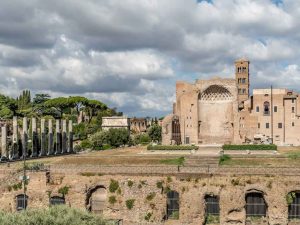
The Seven Hills of Rome play a vital role in the formation and history of the Eternal City. These hills, namely Palatine, Aventine, Capitoline, Quirinal, Caelian, Esquiline, and Viminal, have not only inspired generations of travelers but also continue to capture the interest of historians, political analysts, and sociologists alike.
In the past, these hills housed essential political, social, and religious spaces that shaped Rome’s identity. They formed the crux of civilization, transforming Rome into one of the greatest intercontinental powers of its time. Today, the hills attract millions of visitors yearly and continue to hold valuable clues into the city’s past. It is through exploring these hills that people can gain a deeper understanding of the complex tapestry of Roman history.
From a sociological perspective, analyzing the chronicles of the Seven Hills offers insights into how Rome’s inhabitants and their interactions forged the city’s distinct character. For political analysts, the hills reflect the city’s governance and influence throughout different periods in history.
As you can see, the Seven Hills of Rome remain a timeless testament to the city’s rich heritage. Both informative and captivating, their significance extends beyond tourism to offer valuable lessons in history, politics, and sociology for the curious mind.
Whether one is an avid traveler eager to uncover Rome’s cultural treasures or an academic seeking deep-rooted understanding of civilizations and societies, the Eternal City’s Peaks never cease to inspire and enlighten.
More articles you might like...
You can find more great Rome content in the following categories;
All about Vatican City Commonly Asked Rome Questions Rome Accommodation Rome Food and Drink Rome History and Culture Rome Neighbourhoods Rome Tours and Must-See Attractions
